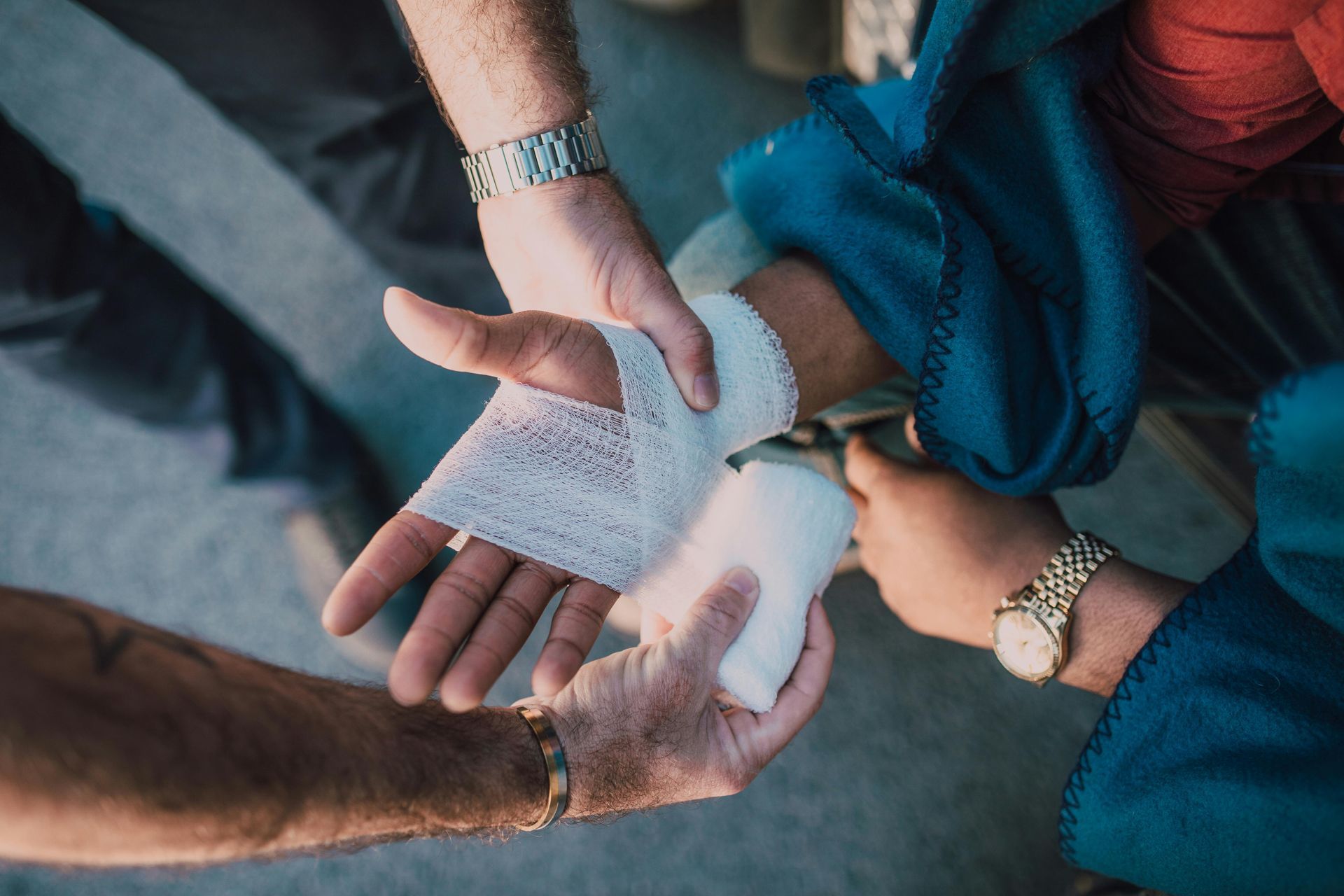The First Aid Kit: A Vital Workplace Asset
14 September 2023
The Importance of First Aid Kits and Training
Safety in the workplace is a paramount concern for employers and employees alike. Accidents and injuries can happen at any time, and having the right tools and knowledge to respond quickly can make all the difference. One crucial element of workplace safety is the presence of a well-stocked first aid kit and employees trained in occupational first aid procedures.
A first aid kit is a collection of essential medical supplies and equipment designed to provide initial care to an injured or ill person. Having a well-maintained first aid kit in the workplace is more than just a legal requirement; it's a practical necessity that can save lives and reduce the severity of injuries.
While having a well-stocked first aid kit is crucial, it's equally important to have employees who are trained in first aid procedures. First aid training equips individuals with the knowledge and skills needed to provide immediate care until professional medical help arrives.
First aid kits and training are not just workplace requirements; they are essential tools for safeguarding the health and wellbeing of employees. In times of crisis, the presence of a well-stocked first aid kit and trained personnel can make the difference between a minor incident and a major catastrophe. By prioritizing workplace safety through first aid preparedness, employers can create a safer, more secure, and more productive work environment for everyone.
The contents of a first-aid kit can vary depending on your specific needs and circumstances, but here is a basic list of items that should be included in a standard first-aid kit:
Remember to periodically check and replace expired items in your first-aid kit. Additionally, tailor your kit to your specific needs, taking into account any medical conditions or activities you're involved in. It's also a good idea to familiarize yourself with basic first-aid training so you can use the kit effectively in emergencies.
- Adhesive bandages (various sizes): These are used to cover small cuts, blisters, and abrasions.
- Sterile gauze pads and adhesive tape: These are used for dressing larger wounds and controlling bleeding.
- Antiseptic wipes or solution: Use these to clean wounds and prevent infection.
- Scissors and tweezers: Scissors are helpful for cutting tape and clothing, while tweezers can be used for removing splinters or foreign objects.
- Disposable gloves: To protect yourself and others from contamination when providing first aid.
- CPR face shield or mask: This is important for performing CPR safely.
- Instant cold packs: These are useful for reducing swelling and relieving pain.
- Pain relievers: Over-the-counter pain medication like ibuprofen or acetaminophen can be included.
- Thermometer: To check for fever or elevated body temperature.
- Elastic bandage (such as an Ace bandage): These are useful for supporting sprained or strained joints.
- Triangular bandages: These can be used as slings or for immobilizing injured limbs.
- Adhesive tape: Used to secure dressings and bandages.
- Burn gel or ointment: For treating minor burns.
- Eye wash or saline solution: To flush foreign objects from the eyes or clean wounds.
- First-aid manual or instructions: A basic guide on how to administer first aid.
- Emergency contact numbers: Write down important phone numbers, including emergency services, healthcare providers, and family contacts.
- Safety pins: Useful for securing bandages and slings.
- Whistle: To attract attention in emergency situations.
- Emergency blanket: Provides insulation and warmth in case of exposure to extreme cold.
Remember to periodically check and replace expired items in your first-aid kit. Additionally, tailor your kit to your specific needs, taking into account any medical conditions or activities you're involved in. It's also a good idea to familiarize yourself with basic first-aid training so you can use the kit effectively in emergencies.




